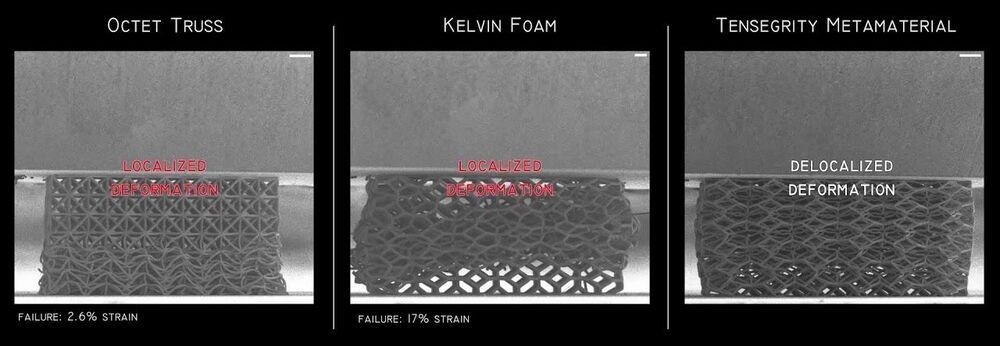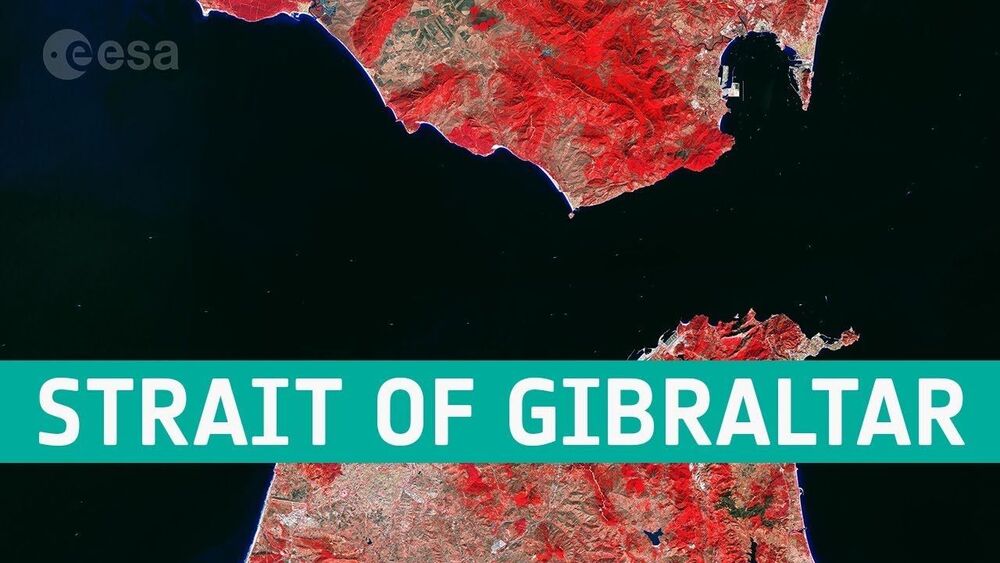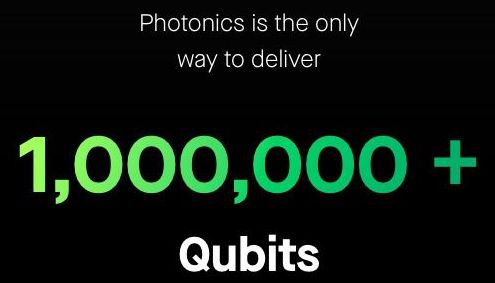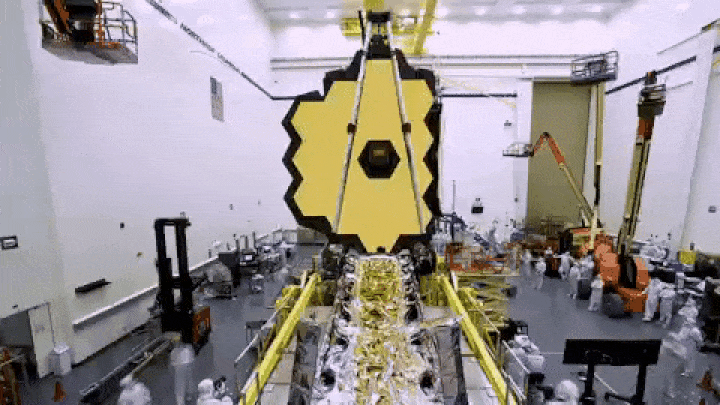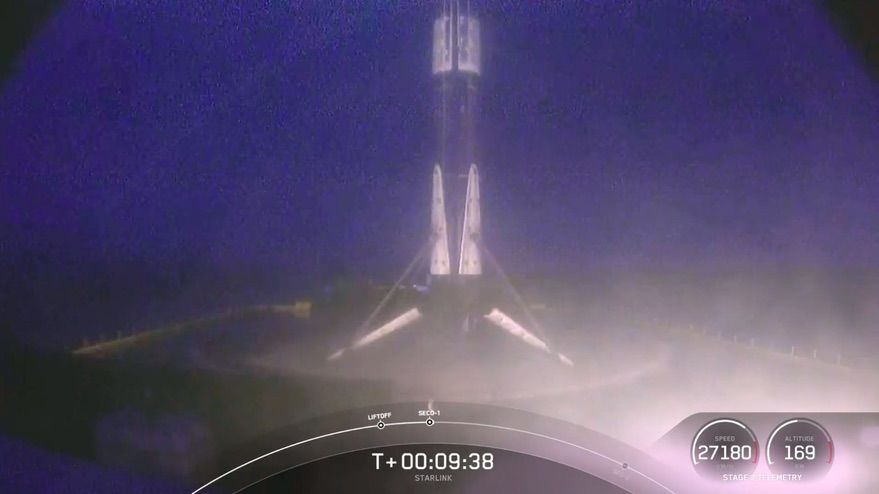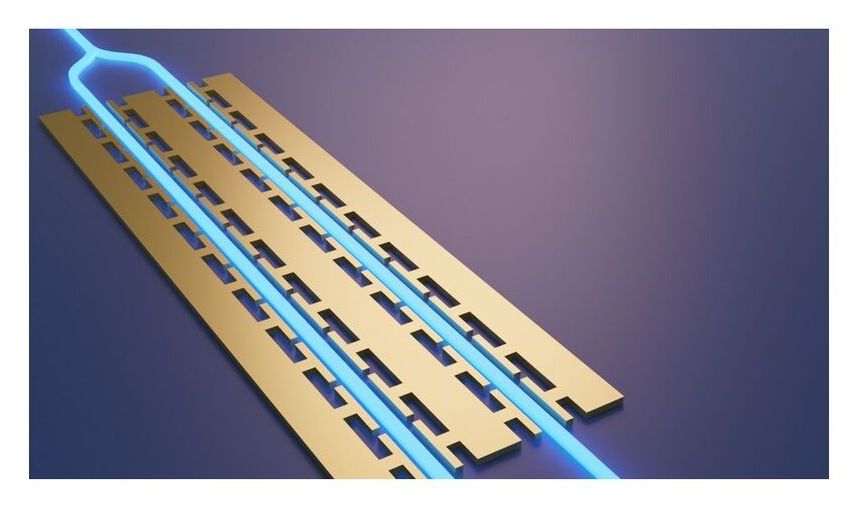The designers plan to launch it on the Formula 1 circuits as soon as 2023.
Catastrophic collapse of materials and structures is the inevitable consequence of a chain reaction of locally confined damage—from solid ceramics that snap after the development of a small crack to metal space trusses that give way after the warping of a single strut.
In a study published this week in Advanced Materials, engineers at the University of California, Irvine and the Georgia Institute of Technology describe the creation of a new class of mechanical metamaterials that delocalize deformations to prevent failure. They did so by turning to tensegrity, a century-old design principle in which isolated rigid bars are integrated into a flexible mesh of tethers to produce very lightweight, self-tensioning truss structures.
Starting with 950 nanometer-diameter members, the team used a sophisticated direct laser writing technique to generate elementary cells sized between 10 and 20 microns. These were built up into eight-unit supercells that could be assembled with others to make a continuous structure. The researchers then conducted computational modeling and laboratory experiments and observed that the constructs exhibited uniquely homogenous deformation behavior free from localized overstress or underuse.
The Strait of Gibraltar is featured in this false-color image captured by the Copernicus Sentinel-2 mission on October 282020. Credit: Contains modified Copernicus Sentinel missions (2020), processed by ESA, CC BY-SA 3.0 IGO
The Strait of Gibraltar connects the Mediterranean Sea with the Atlantic Ocean and separates southernmost Spain from northernmost Africa. The channel is 58 km long and narrows to 13 km in width between Point Marroquí (Spain) and Point Cires (Morocco). Ferries and vessels can be seen traveling across the strait and crossing between the two continents.
This false-color image, captured on October 282020, was processed in a way that included the near-infrared channel. This type of band combination from Copernicus Sentinel-2 is most commonly used to assess plant density and health, as plants reflect near-infrared and green light, while absorbing red. Since they reflect more near-infrared than green, dense, plant-covered land appears in bright red.
A new type of maser made from periodically driven xenon atoms can detect low frequency magnetic fields far better than any previous magnetometer, according to scientists in China and Germany. The researchers believe their device is ready for use in a proposed gravitational wave search and might in future be used to find hypothetical dark matter particles.
Masers are the microwave-wavelength equivalent of lasers and their extreme frequency stability allows them to make invaluable contributions to atomic clocks, radio telescopes and several other areas of physics. In a traditional maser – as in a traditional laser – the masing action occurs between two energy levels in an atomic or molecular gain medium confined in a cavity. As electromagnetic radiation bounces back and forth in the cavity, photons whose frequency is resonant with the energy difference between the two levels are repeatedly emitted and absorbed by the atoms. Eventually, a “population inversion” with more atoms in the upper level is achieved, and stimulated emission from these atoms produces a highly monochromatic beam of microwave radiation.
By the middle of the decade, the team from PsiQuantum will have a commercial quantum computer, according to the Financial Times. The founders are also indicating they are ready to emerge from stealth.
PsiQuantum has been mostly silent about its quantum computer development but with its scientific bench composed of leading UK physicists and nearly $300 million in venture capital funding, according to The Quantum Insider, that silence has been deafening.
There is a link to see the entire vid but you have to subscribe.
Watch the full episode with Aubrey de Grey for FREE only at:
https://londonreal.tv/
▶️ Latest Episode: https://londonreal.tv/episodes.
NASA now is targeting Oct. 312021, for the launch of the agency’s James Webb Space Telescope from French Guiana.
Webb is designed to discover and study the first stars and galaxies that formed in the early Universe. To see these faint objects, it must be able to detect things that are ten billion times as faint as the faintest stars visible without a telescope. This is 10 to 100 times fainter than Hubble can see.
The successor to Hubble is almost ready for launch. It’s really coming this year, too!
WASHINGTON — A Falcon 9 launched another set of Starlink satellites March 14, with the rocket’s first stage setting a record with its ninth launch and landing.
The Falcon 9 lifted off from Launch Complex 39A at the Kennedy Space Center at 6:01 a.m. Eastern. The upper stage deployed its payload of 60 Starlink satellites into orbit 65 minutes later, bringing the size of the broadband internet constellation to 1260 satellites.
The launch was the eighth for the Falcon 9 this year, and took place a little more than 72 hours after another Falcon 9 launch of Starlink satellites. Six of the eight Falcon 9 launches this year have been dedicated to Starlink, and one of the other two, the Transporter-1 dedicated rideshare flight, also carried 10 Starlink satellites.
CAMBRIDGE, Mass.—(BUSINESS WIRE)—Engineers from HyperLight, a leader in the commercialization of thin-film lithium niobate (LN) photonic integrated circuits (PICs), have achieved breakthrough voltage-bandwidth performances in integrated electro-optic modulators. The broadband electro-optic PIC could lead to orders of magnitude energy consumption reduction for next generation optical networking.
“We believe the significantly improved electro-optic modulation performance in our integrated LN platform will lead to a paradigm shift for both analog and digital ultra-high speed RF links” Tweet this
Energy consumption in optical networking for ethernet, data centers and 5G is soaring as a result of the rapidly growing data traffic. This is because of the limited performance of existing electro-optic modulators, the key element in converting data from the electrical to optical domain at high speed for optical networks. Current electro-optic modulators require extremely high radio-frequency (RF) driving voltages (5 V) as the analog bandwidth in ethernet ports approaches 100 GHz for future terabits per sec capacity transceivers. In comparison, a typical CMOS RF modulator driver delivers less than 0.5 V at such frequencies. Compound semiconductor modulator drivers can deliver voltage 1 V at significantly increased cost and energy consumption but still fall short to meet the optimum driving voltage. The limited voltage-bandwidth performance in electro-optic modulators poses a serious challenge for meeting tight power consumption requirements from network builders.

